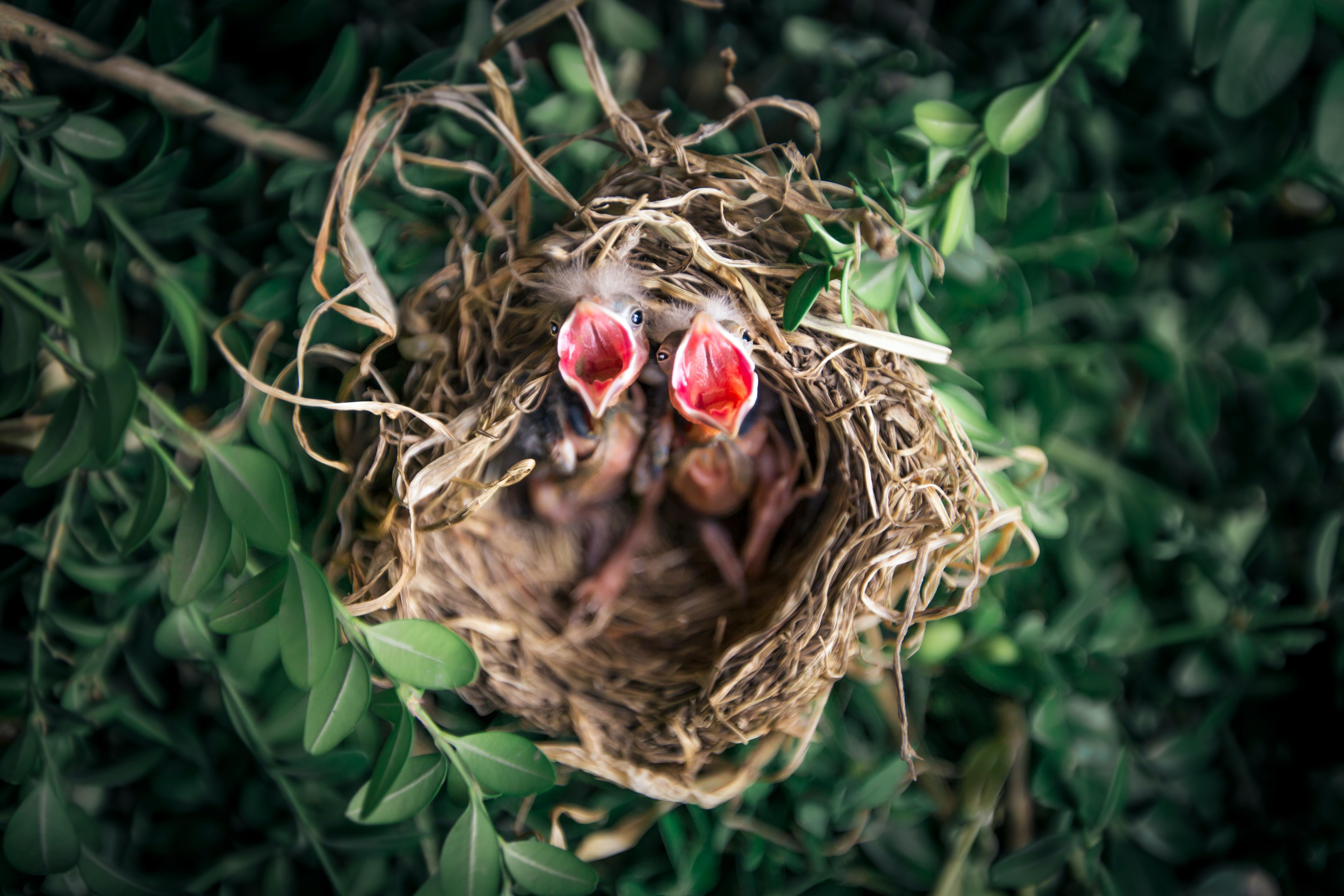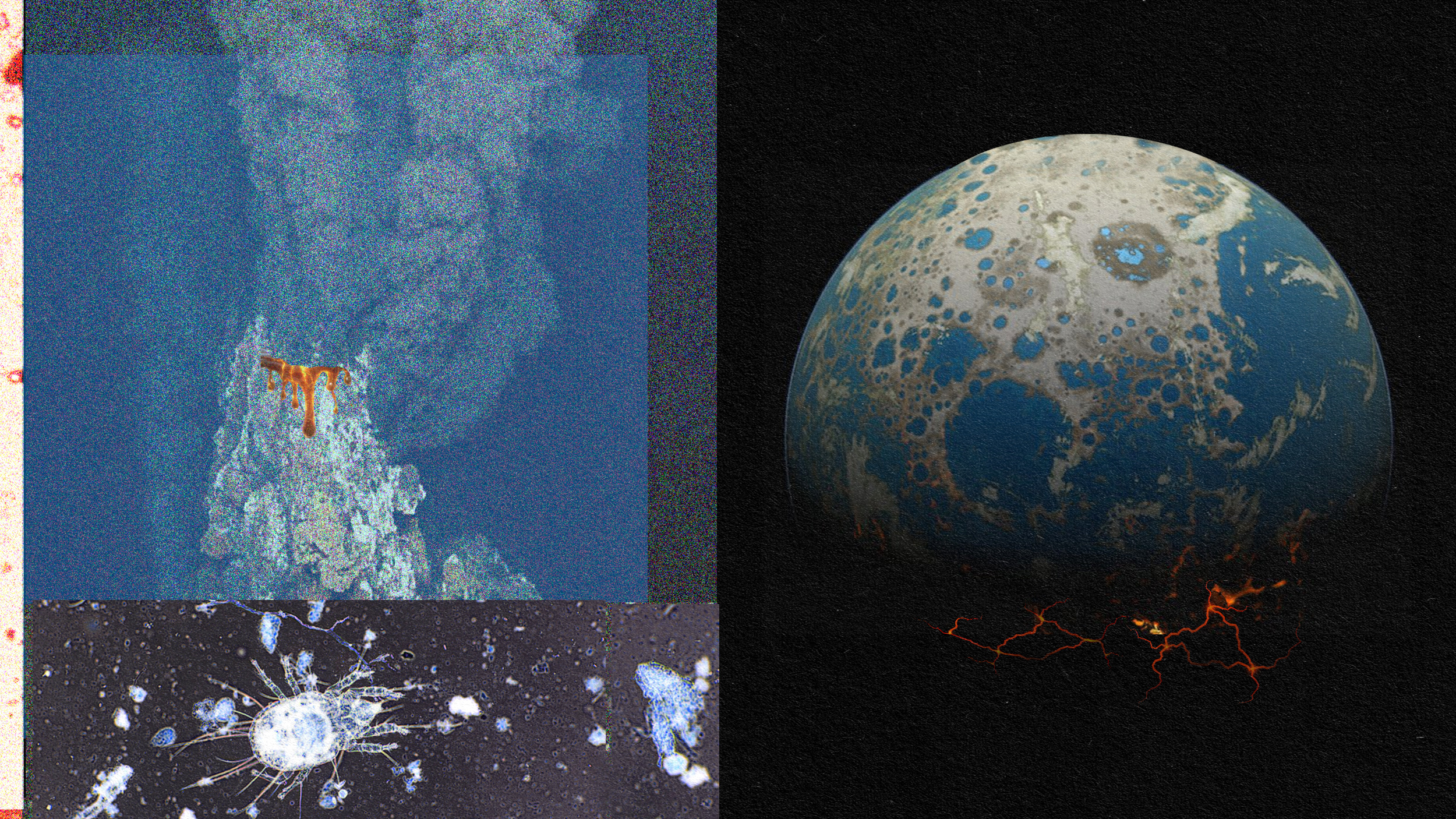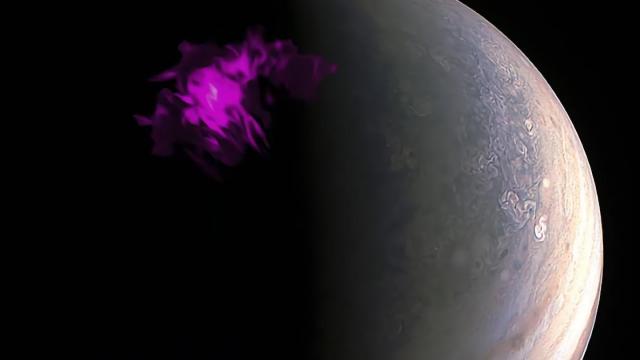How evolution shifts from unicellular to multicellular life

Bernardes et al., Nature Communications, 2021
- A new study examined the evolution of a unicellular algae species over 500 generations, roughly six months.
- The researchers subjected one of the two algae groups to a predator.
- The results showed that the algae exposed to a predator were far more likely to acquire adaptations toward multicellularity.
The transition from unicellular to multicellular life was one of the most momentous events in the evolution of life. Estimated to have first occurred more than 1.5 billion years ago, the shift to multicellularity gave rise to increasingly complex life forms on Earth, from ancient algae-like organisms to dinosaurs to human beings. Still, many of the processes underlying this biological shift have remained unclear.
One theory posits that single-celled organisms evolved multicellularity through a specific series of adaptations. First, cells began adhering to each other, creating cell groups that have a higher survival rate, partly because it’s harder for predators to kill a group of cells than a single cell. But this defensive adaptation comes at the price of a lowered reproduction rate; only through adaptations acquired over generations do cell groups become better at reproducing than single cells.
Tougher together
A new study published in Nature Communications put that theory to the test. The researchers divided ten strains of Chlamydomonas reinhardtii, a unicellular green algae, into two groups. One group was subjected to a microscopic predator called Brachionus calyciflorus, a type of rotifer. The other group evolved without predators.
After six months, all the algae strains that faced the predator had evolved into cell groups. Meanwhile, only four of the 10 algae strains without predators evolved into groups. Surprisingly, this transition toward simple multicellularity occurred relatively quickly, over just 500 generations or six months. (The algae replicated about once every 9 hours.) The videos below show how the predator had a much harder time eating the cells when they grouped together.
RT feeding single cellswww.youtube.comRT feeding colonywww.youtube.comAfter cell groups boosted their defenses against predators, they were able to increase their reproductive rates. The researchers noted that these adaptations occurred on the genome level and were heritable, suggesting that with enough exposure to a selection pressure, like predation, the evolution toward multicellularity might be inevitable.
“The evolved cell groups had unique variants involved in keeping cells together after cell division, suggesting a consistent selective response on the genome level,” the researchers wrote. “This fairly high degree of repeatability and the small number of generations suggest some degree of determinism for the phenotypic and genomic response in C. reinhardtii to predation pressure.”
Division of labor
According to theory, once cell groups are established, cells can begin to serve specialized functions. This occurs through the differentiation of somatic and germ cells, with somatic cells being those that serve non-reproductive functions (predator avoidance, the ability to move and find resources, etc.) and germ cells being those that produce the next generation.
But this specialization process comes at a cost. The team’s results showed that the shift toward multicellularity requires cell groups to first boost their survival rate, which lowers the groups’ reproductive rates over the short-term. A few reasons for the lowered reproductive rate include lower resource uptake, restricted motility, and reduced photosynthetic rate.
The researchers noted that other selection pressures besides predation could also lead cells to form groups, including environmental stress, more efficient nutrient usage, or salt stress, which might have been accidentally present in the experiment. The new study also wasn’t the first to show that predation can spark rapid evolution toward multicellularity. But it did shed light on how even the simplest life forms can adapt through strategic trade-offs when facing hard times.





